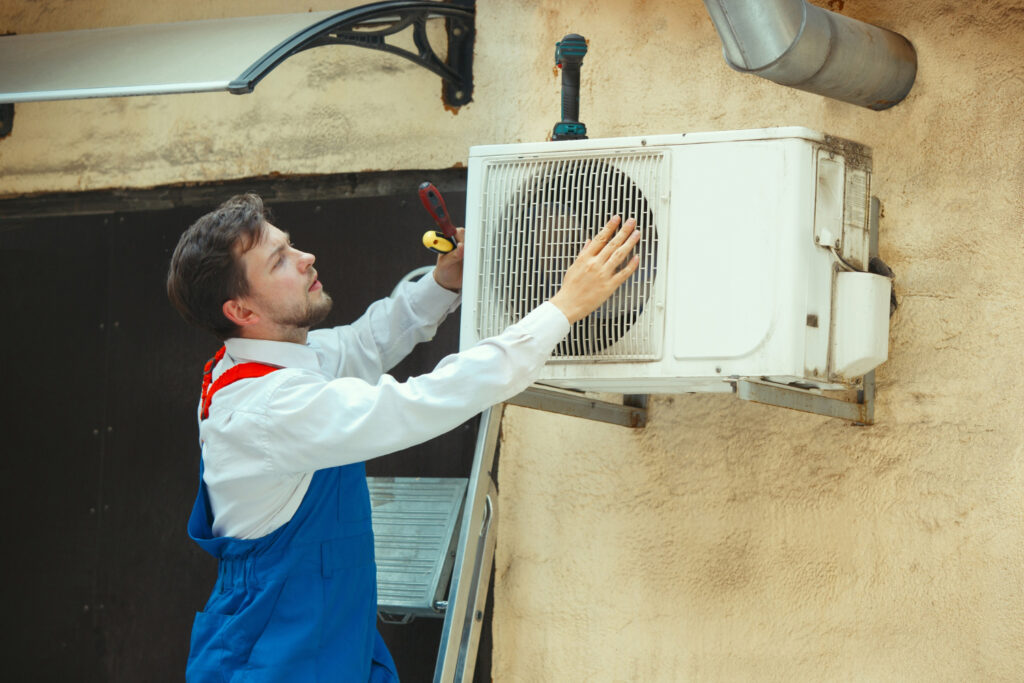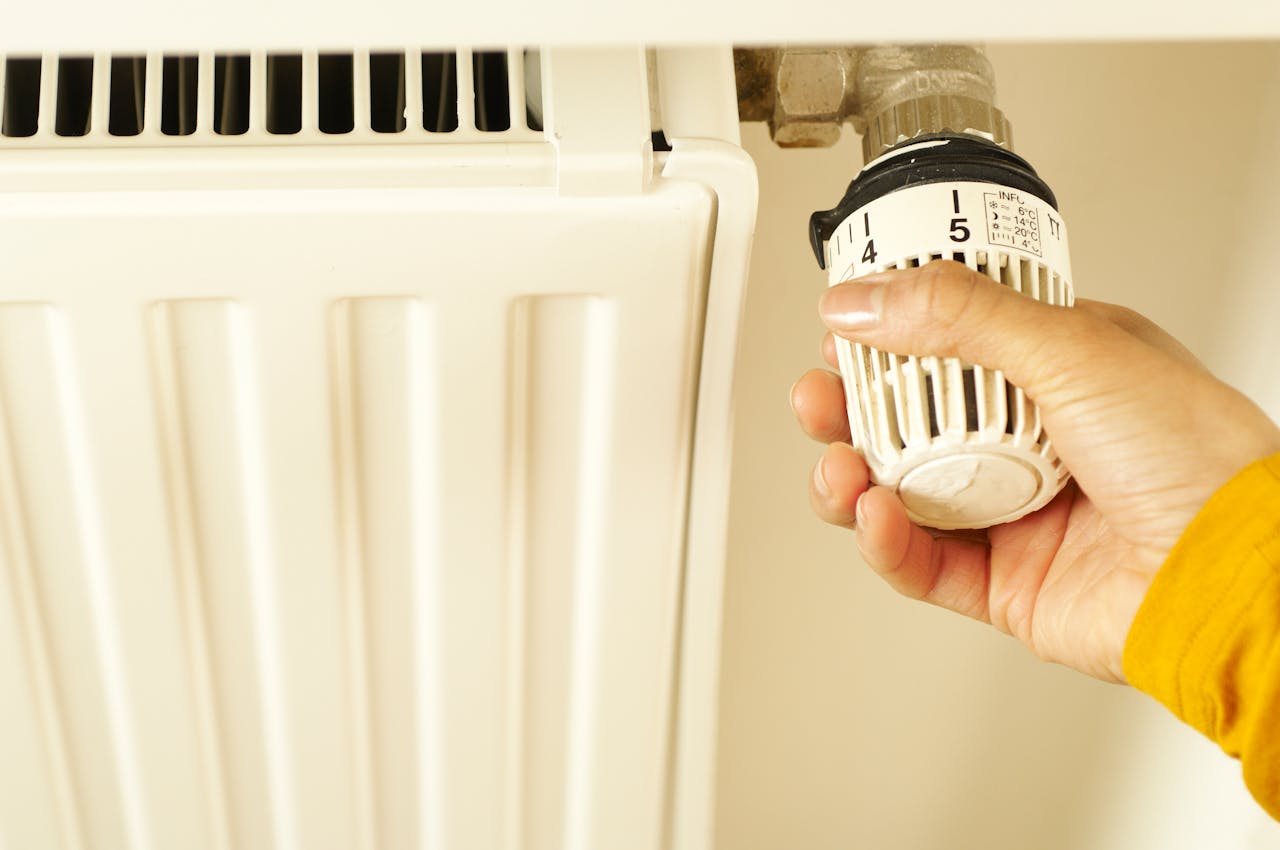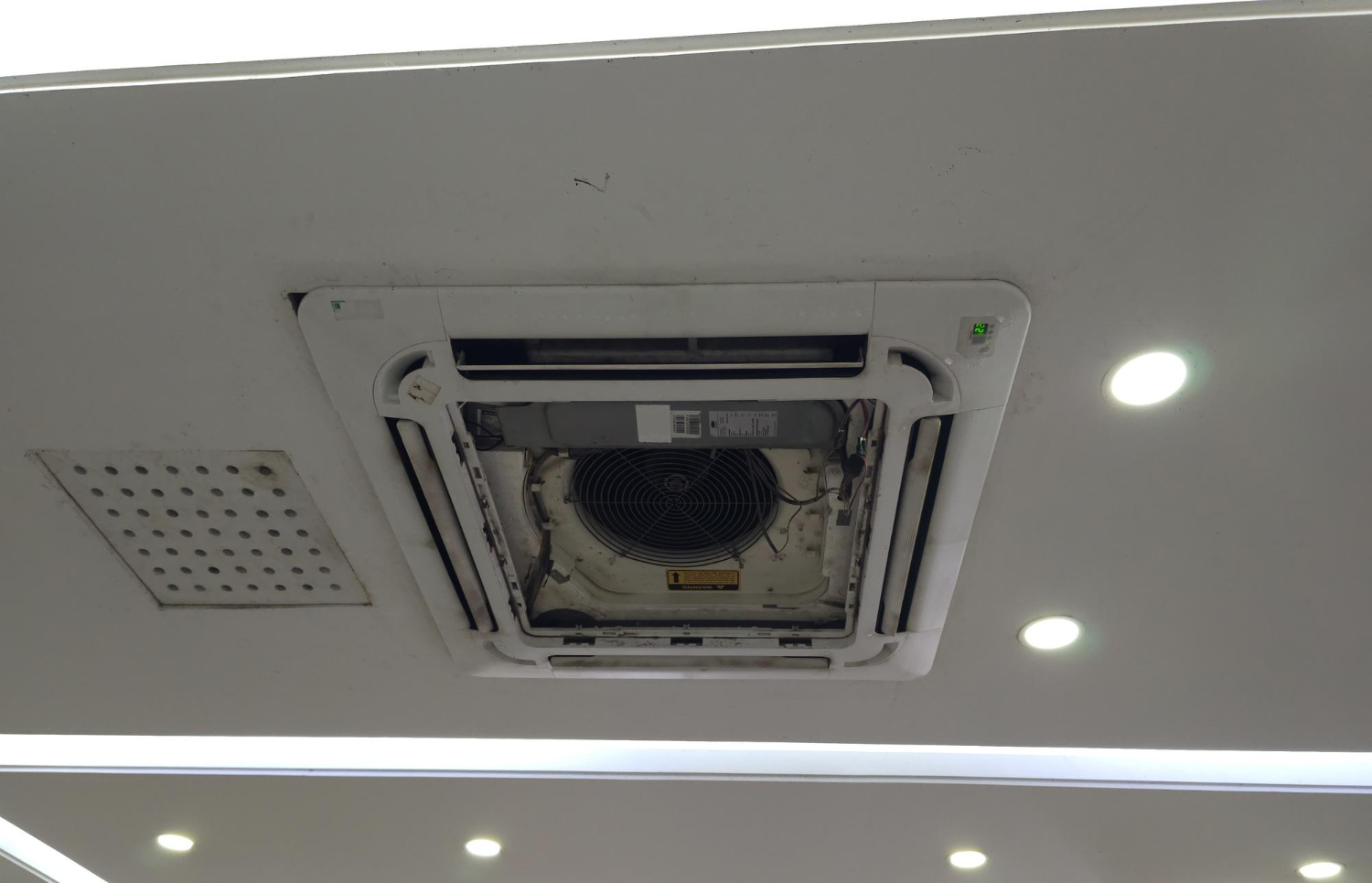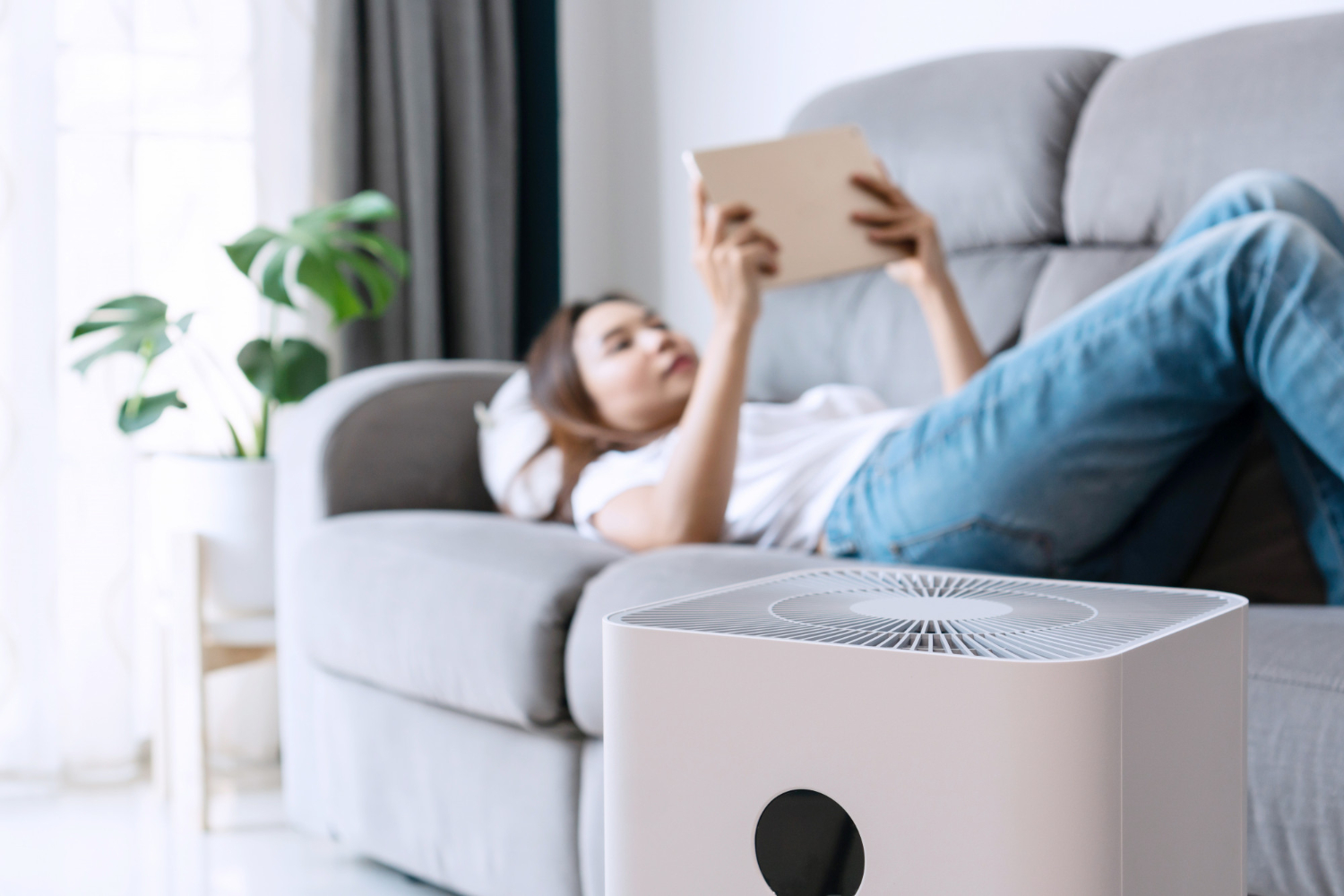Heat pump installation is a vital process that can significantly impact the comfort and energy efficiency of your home. A heat pump is an integral part of your HVAC system, as it provides both heating and cooling capabilities. Understanding the steps to ensure proper heat pump installation is crucial for homeowners who want to maintain a comfortable indoor environment while keeping energy costs low.
Understanding Heat Pumps and Their Benefits
A heat pump is an essential component of an HVAC system, providing both heating and cooling for your home. Unlike traditional furnaces or air conditioners that generate heat or cool air, a heat pump moves heat from one place to another. This process makes heat pumps highly efficient and cost-effective for home temperature regulation.
One of the primary benefits of heat pumps is their efficiency. Because they transfer heat rather than generate it, heat pumps use less energy, which can result in lower utility bills. Additionally, heat pumps offer consistent and even heating throughout your home, reducing cold spots and providing optimal comfort.
Another significant benefit is the contribution to better indoor air quality. Heat pumps do not rely on combustion, eliminating the risk of carbon monoxide emissions. This makes them a safer and more environmentally friendly option. They are also effective in managing humidity levels and enhancing overall indoor comfort.
Heat pumps are versatile and can be used in various climates. They offer a reliable solution to keep your home comfortable throughout the year, regardless of the weather outside. With proper installation and maintenance, heat pumps provide a sustainable and efficient way to meet your heating and cooling needs.
Pre-Installation Preparations and Considerations
Before installing a heat pump, several critical preparations and considerations need to be addressed to ensure a successful and efficient installation. Proper planning and site evaluation are essential steps that set the foundation for a smooth installation process.
1. Assessment of Home Needs: Start by assessing the heating and cooling requirements of your home. Understanding the size and layout of the space will help determine the appropriate size and type of heat pump needed. This assessment ensures that the heat pump can efficiently meet the demands of your home.
2. Site Evaluation: Conduct a thorough evaluation of the installation site. Consider factors like airflow, accessibility, and the proximity to other household systems. Proper placement of the heat pump unit is crucial for optimal performance and ease of maintenance.
3. Ductwork Inspection: Have our professionals inspect the existing ductwork for any leaks, damage, or blockages. Efficient ductwork is vital for effective heat pump operation and maintaining good indoor air quality. Any necessary repairs or air duct cleaning should be completed before installation.
4. Energy Efficiency Upgrades: Evaluate your home’s insulation and windows. Proper insulation and energy-efficient windows reduce the workload on the heat pump, improving its overall efficiency. Making these upgrades beforehand ensures the heat pump operates at its best.
5. Permits and Codes: Ensure that the installation complies with local building codes and regulations. Obtain any necessary permits before starting the installation process. This step helps avoid any legal complications and ensures the installation is up to standard.
By addressing these preparations and considerations, you set the stage for a successful heat pump installation that maximizes the system’s efficiency and longevity. Proper planning ensures that the heat pump will meet your home’s needs effectively, providing reliable heating and cooling for years to come.
The Installation Process: Step-by-Step Guide
The heat pump installation process involves several critical steps that ensure the system operates effectively and efficiently. Our professionals follow a thorough, step-by-step process to guarantee a proper and safe installation.
1. Site Preparation: The installation area is prepared by clearing debris and ensuring a stable surface for the heat pump unit. The exterior and interior sites should be accessible and free from obstructions.
2. Mounting the Unit: The outdoor unit is securely mounted on a concrete pad or wall brackets to ensure stability. Proper clearance around the unit is maintained for adequate airflow and maintenance access.
3. Connecting Refrigerant Lines: Refrigerant lines are carefully measured, cut, and connected between the outdoor and indoor units. These lines are insulated to prevent condensation and heat loss.
4. Electrical Connections: Our technicians make all necessary electrical connections, including wiring the thermostat and connecting the heat pump to the electrical panel. Proper grounding is ensured for safety.
5. Ductwork Integration: If existing ductwork is used, it is connected to the heat pump system. For new installations, the ductwork is designed and installed to work efficiently with the heat pump.
6. Charging the System: The refrigerant system is charged with the correct amount of refrigerant as per the manufacturer’s specifications. This step ensures the system can operate at its optimal capacity.
7. System Testing: Once all connections are made, the system is powered up, and a series of tests are conducted to ensure everything operates correctly. The thermostat is calibrated, and airflow is checked to confirm proper functioning.
8. Final Inspection: A thorough inspection is performed to ensure that all components are securely installed, connections are tight, and the system runs efficiently. Any adjustments are made as necessary.
By following these steps, our professionals ensure a successful heat pump installation that meets your home’s specific needs and maintains high efficiency and reliability.
Post-Installation Maintenance and Services
After the heat pump installation is complete, ongoing maintenance and services are crucial to keep the system operating smoothly. Regular maintenance helps extend the life of the heat pump, enhances indoor air quality, and ensures energy efficiency.
1. Regular Inspections: Schedule regular inspections to identify and address any potential issues early. Our technicians will check refrigerant levels, inspect electrical connections, and ensure the heat pump is functioning optimally.
2. Filter Replacement: Clean or replace air filters regularly. Dirty filters restrict airflow, reducing system efficiency and affecting indoor air quality. Our professionals can guide you on the frequency of filter changes based on your usage.
3. Air Duct Cleaning: Periodic air duct cleaning is essential to remove dust, debris, and allergens from the ductwork. Clean ducts improve airflow and contribute to better indoor air quality.
4. Seasonal Tune-Ups: Schedule seasonal tune-ups to prepare the heat pump for the upcoming weather changes. This includes checking the system’s heating and cooling functions, ensuring it operates efficiently year-round.
5. Prompt Repairs: Address any issues or malfunctions promptly. Delaying repairs can lead to more significant problems and higher repair costs. Our technicians are trained to handle heat pump repair and replacement services efficiently.
6. Thermostat Calibration: Ensure the thermostat is correctly calibrated and functioning. A properly working thermostat helps maintain consistent temperatures and improves overall system efficiency.
By adhering to these maintenance practices, you can ensure that your heat pump continues to operate at peak performance, providing reliable comfort and energy savings for your home.
Conclusion
Proper heat pump installation and ongoing maintenance are essential for ensuring that your system operates efficiently and effectively. Understanding the benefits of heat pumps, preparing adequately, following a detailed installation process, and investing in regular maintenance will help you achieve optimal performance from your heat pump.
Our professionals are dedicated to providing high-quality heat pump installation in Spring Valley, as well as repair and maintenance services to keep your home comfortable throughout the year. Whether you need a new installation or routine maintenance, Zen Aire Air Conditioning & Heating is here to help. Contact us today to schedule a service and ensure your heat pump operates smoothly and efficiently for years to come.





